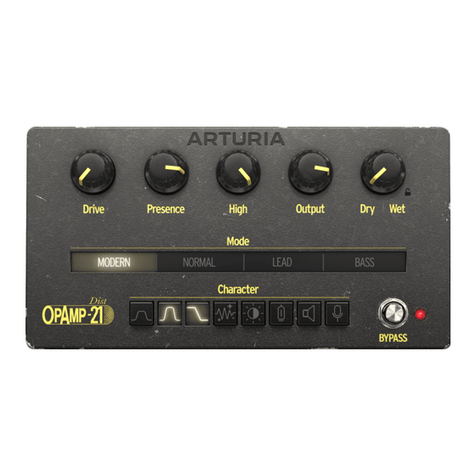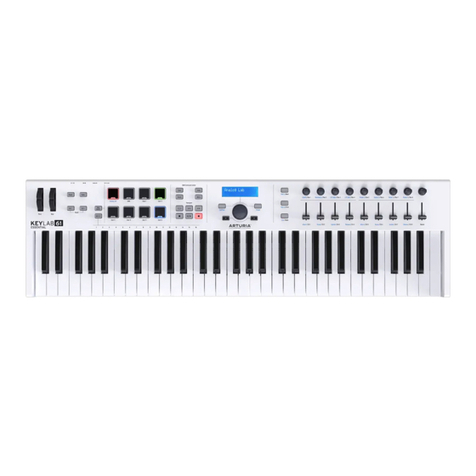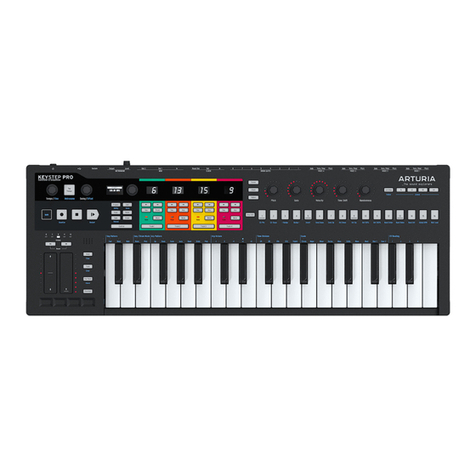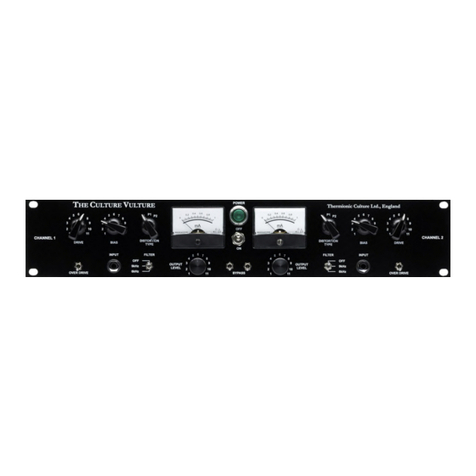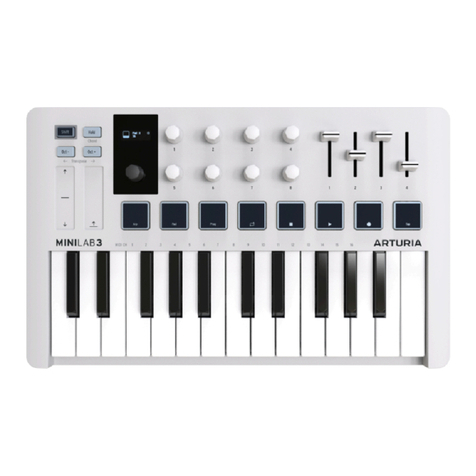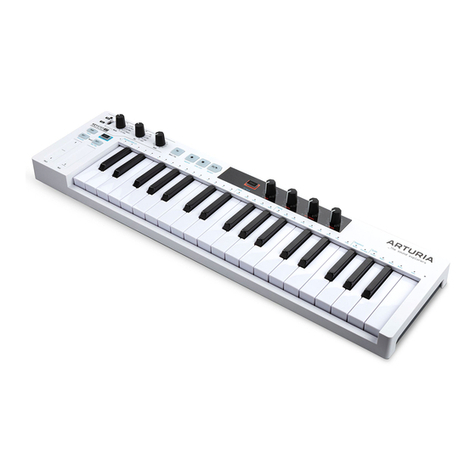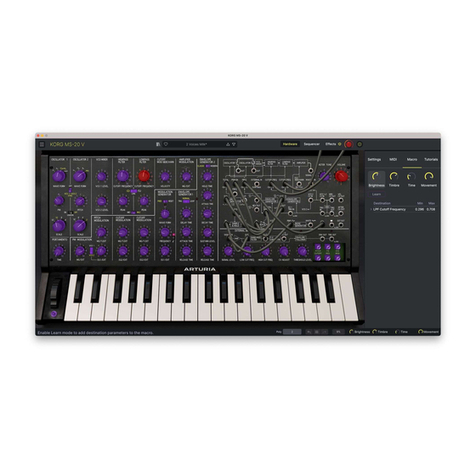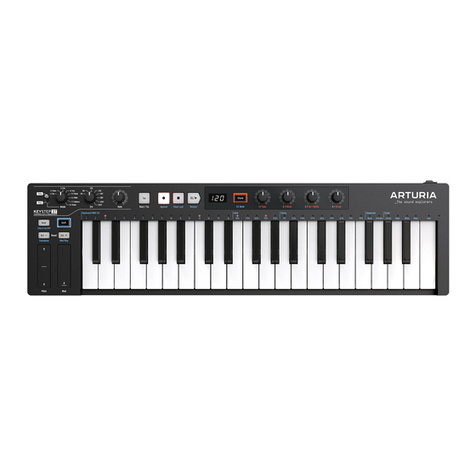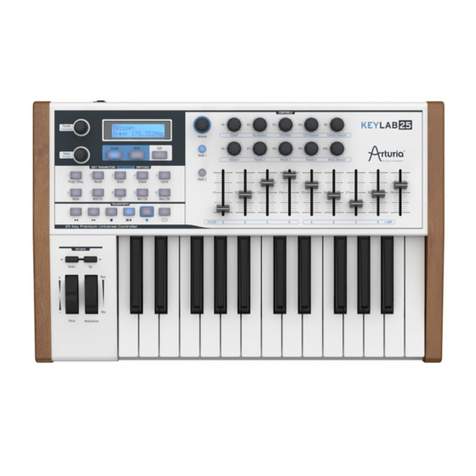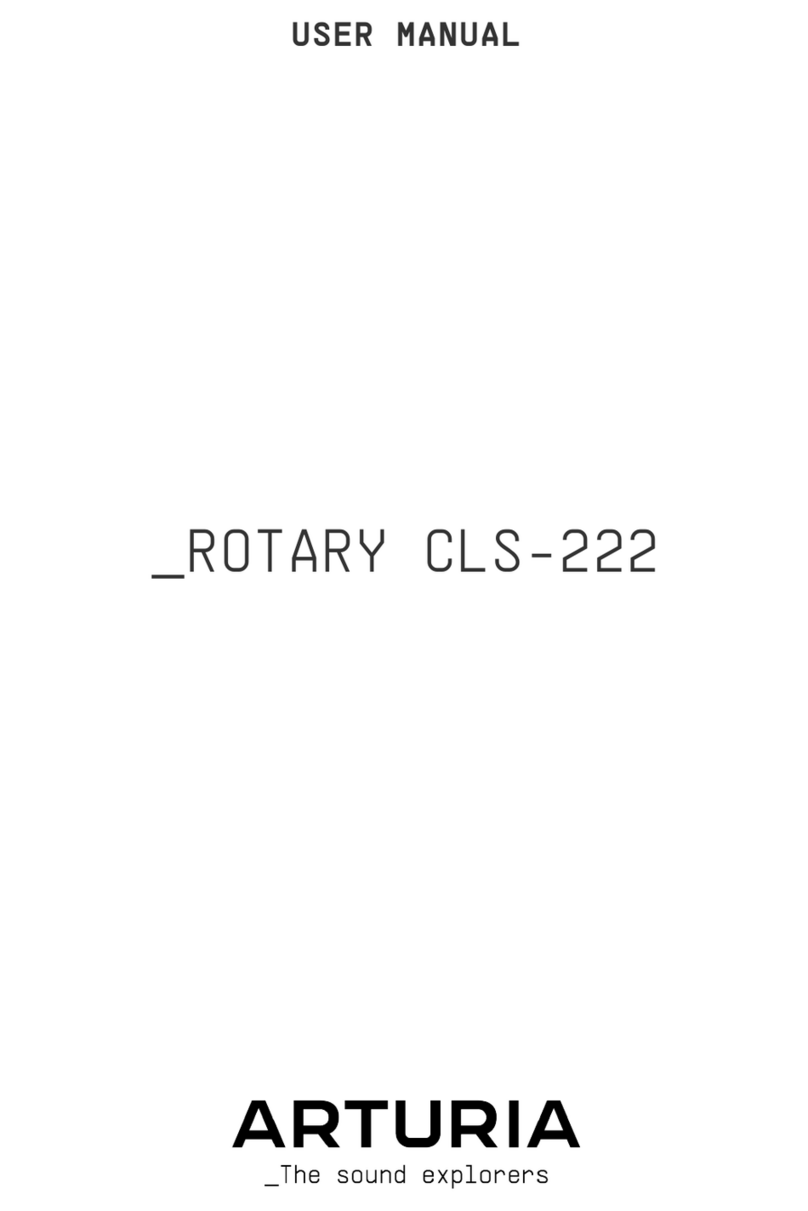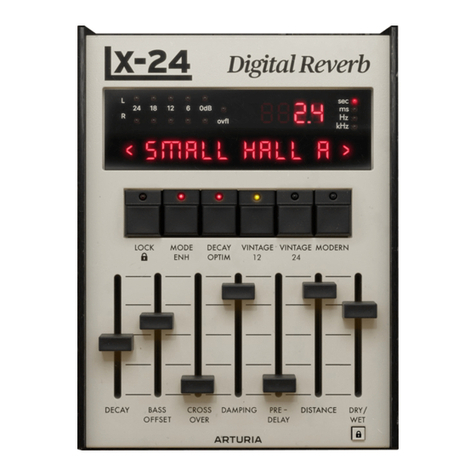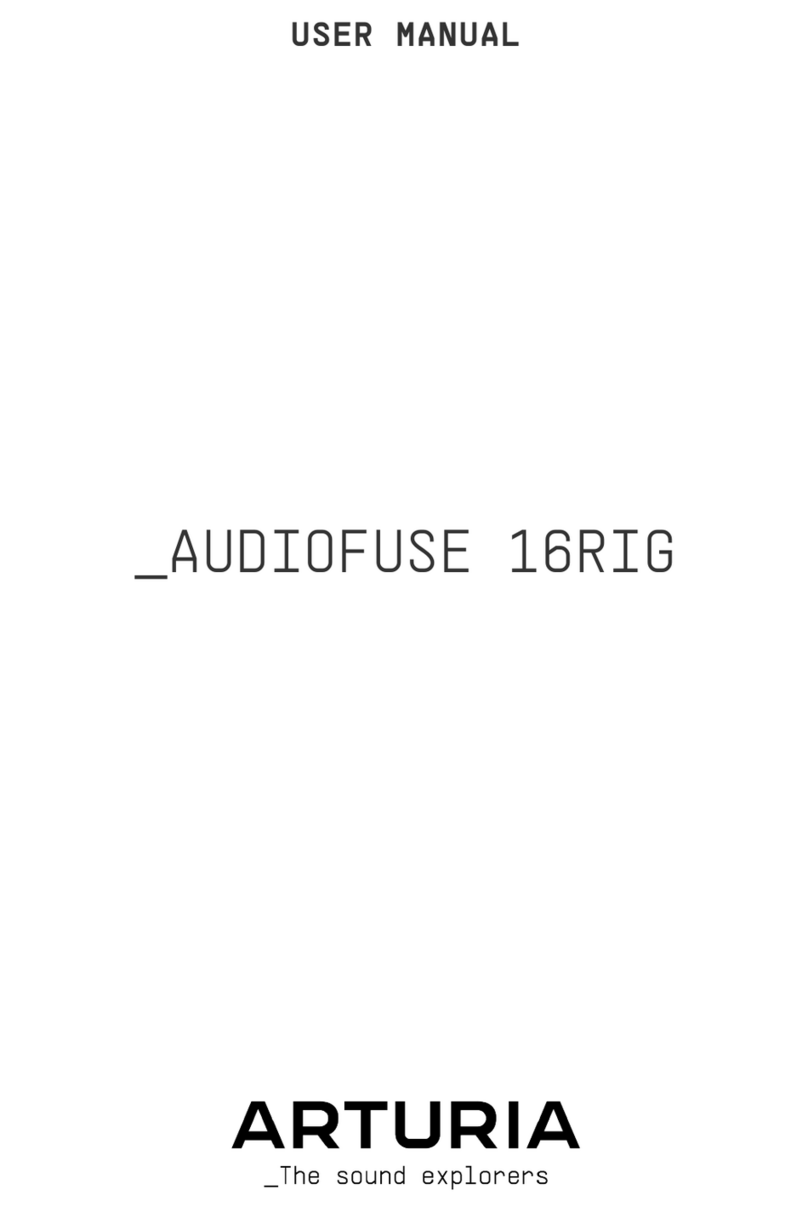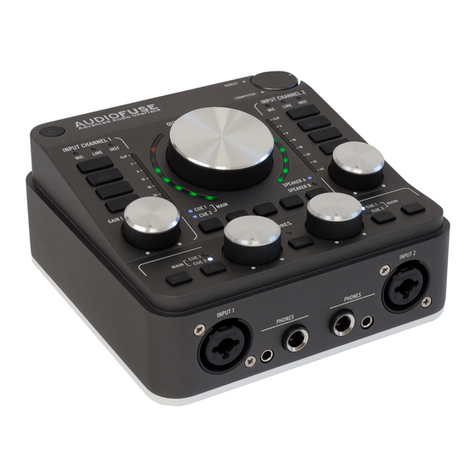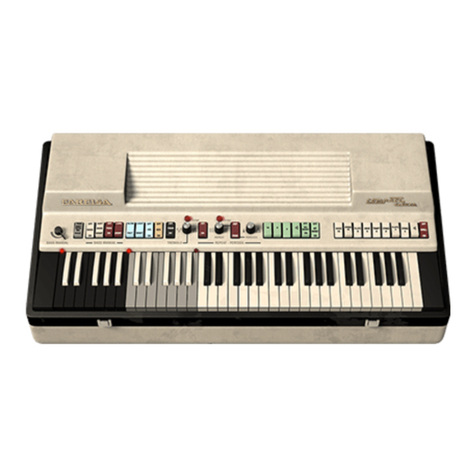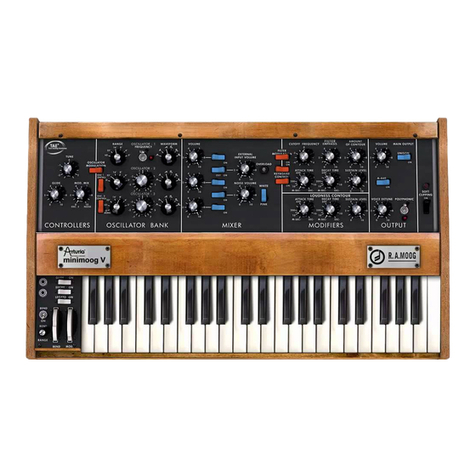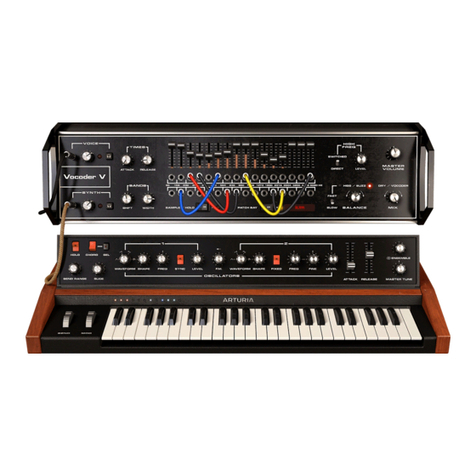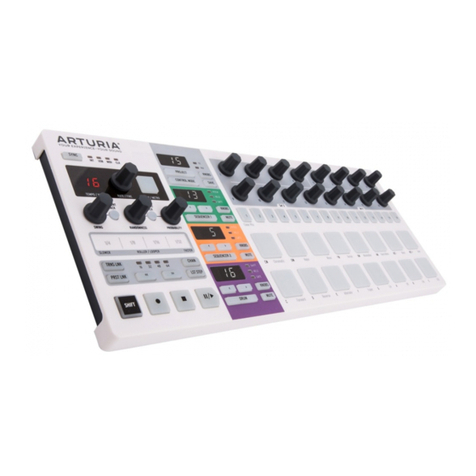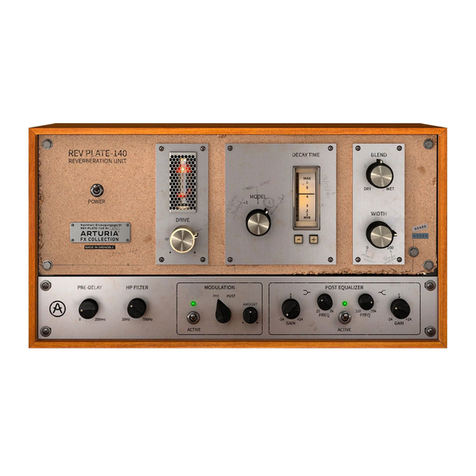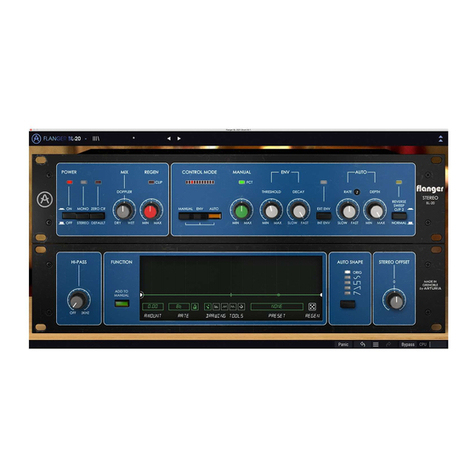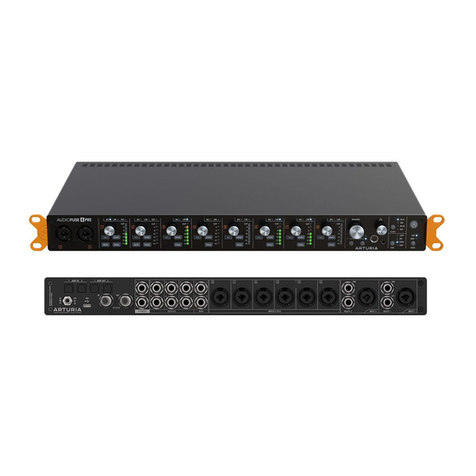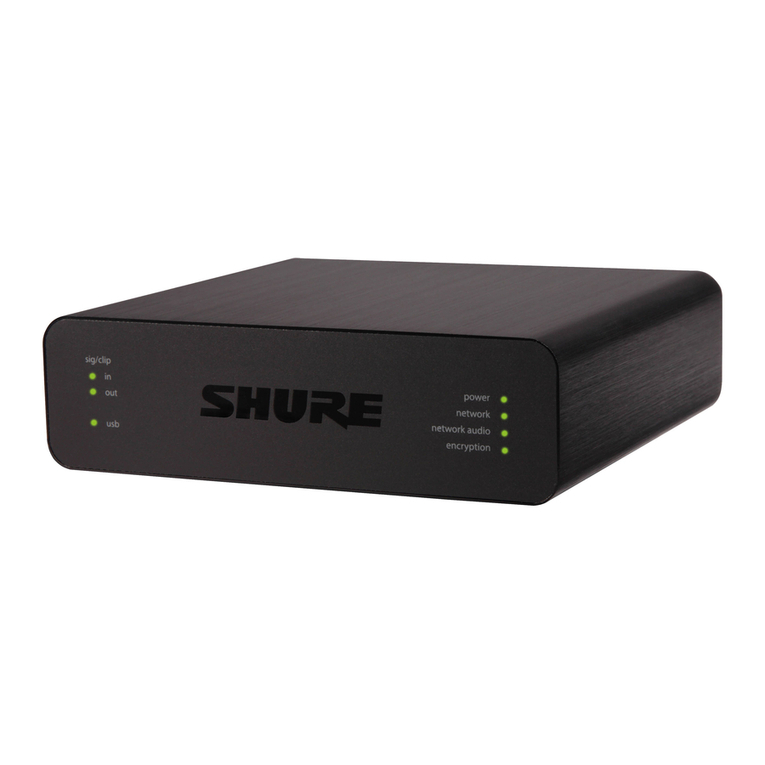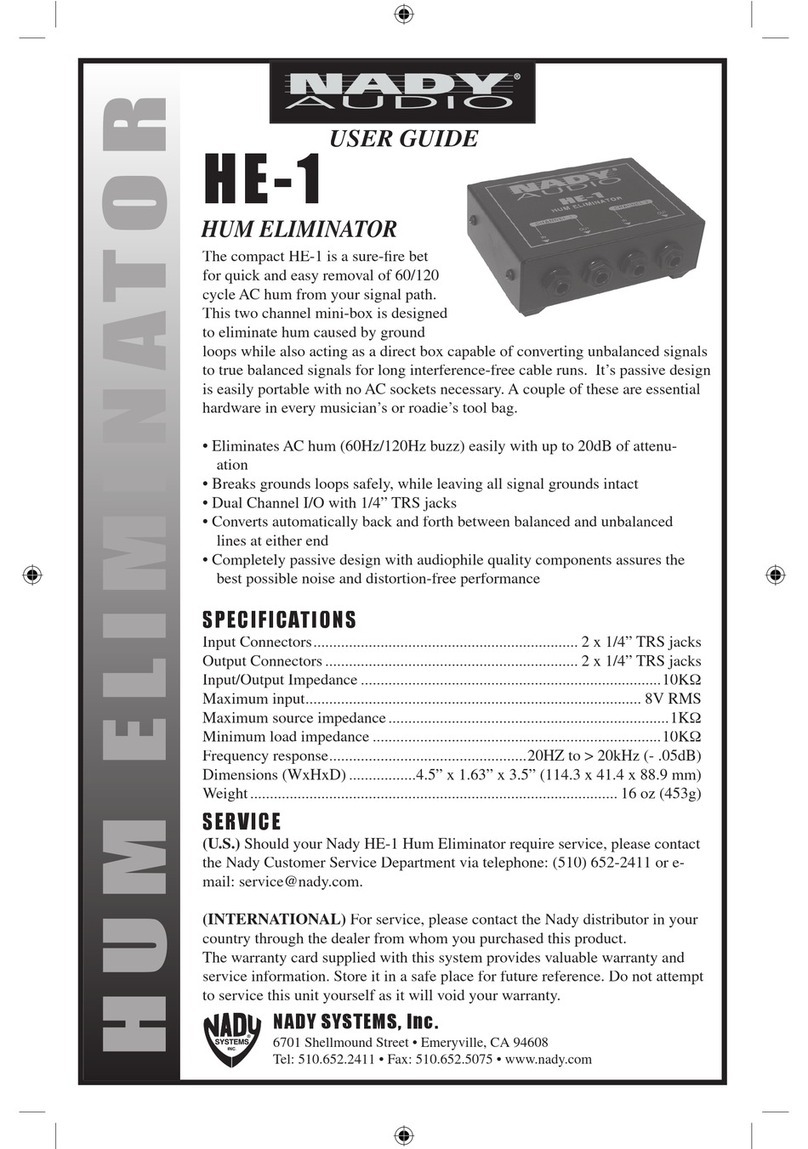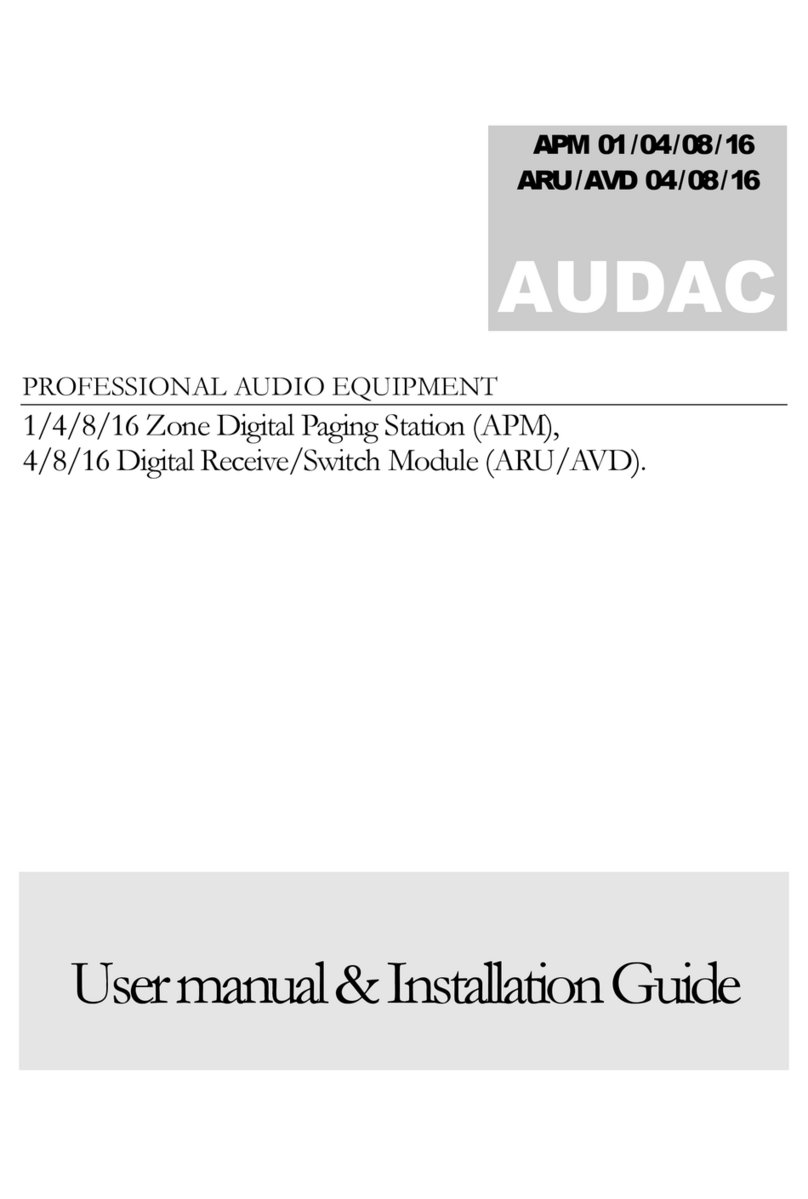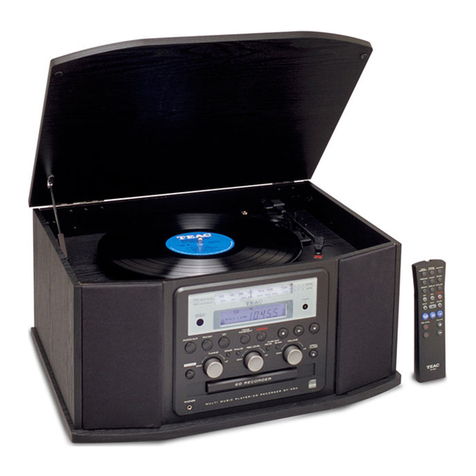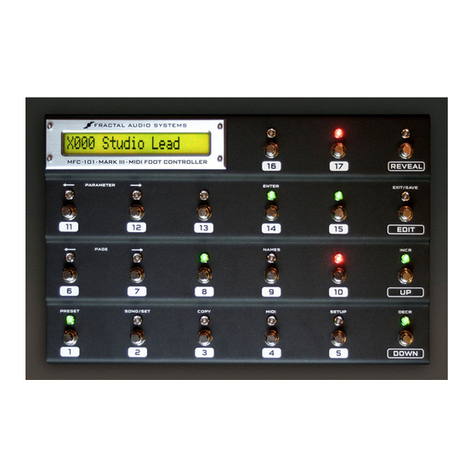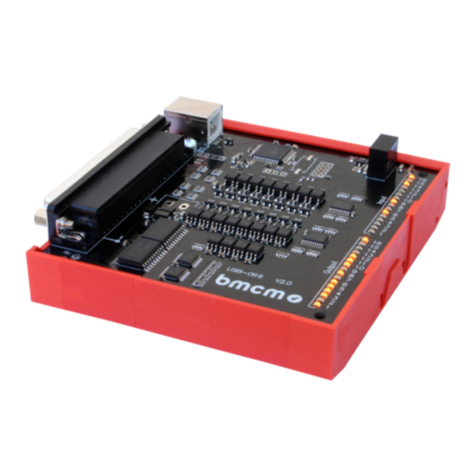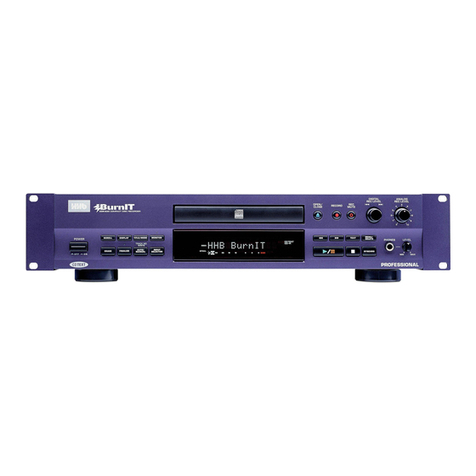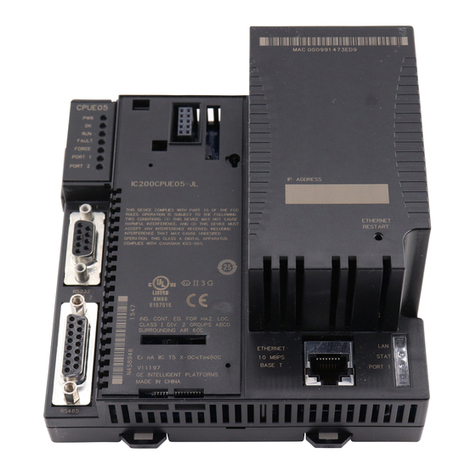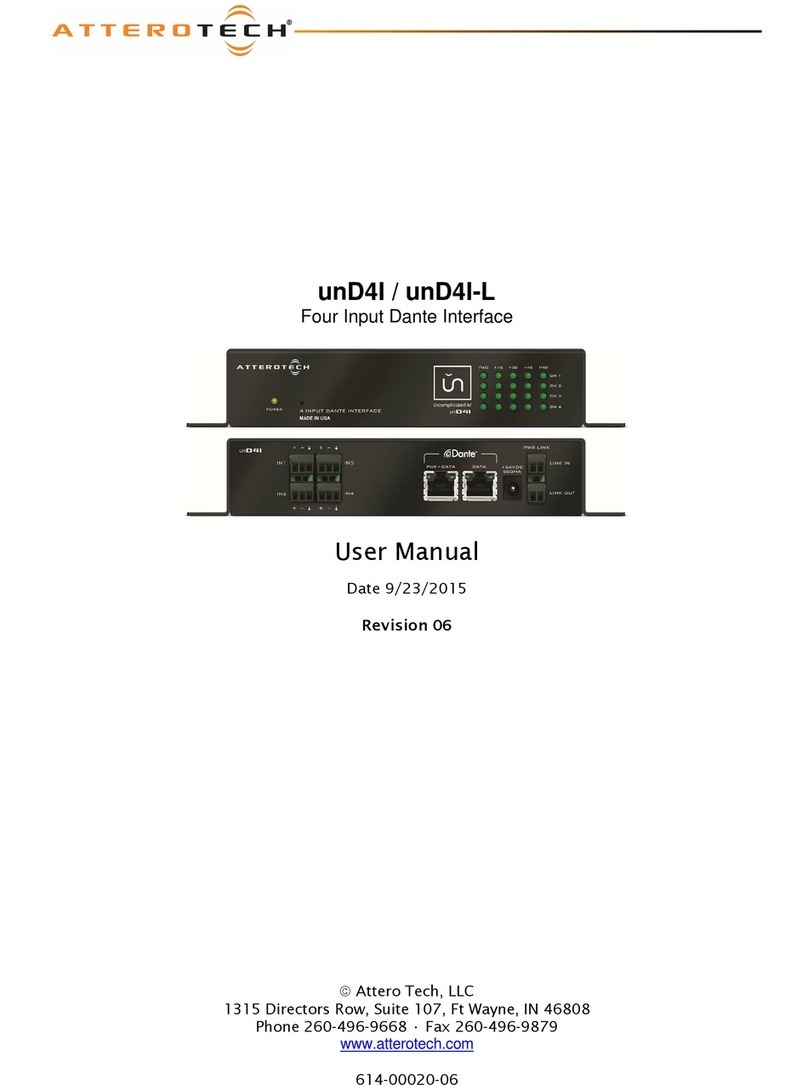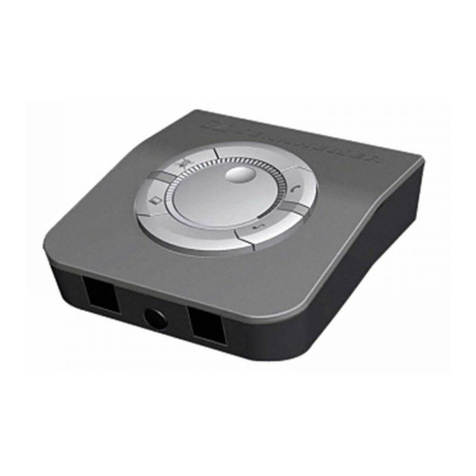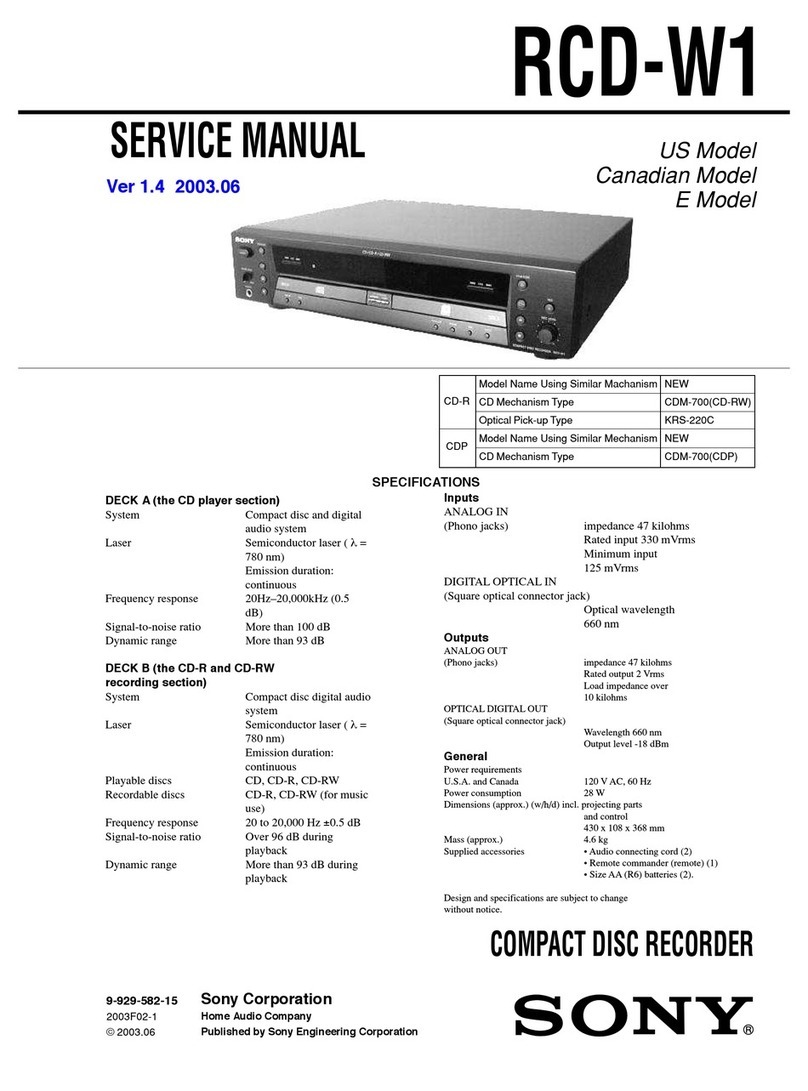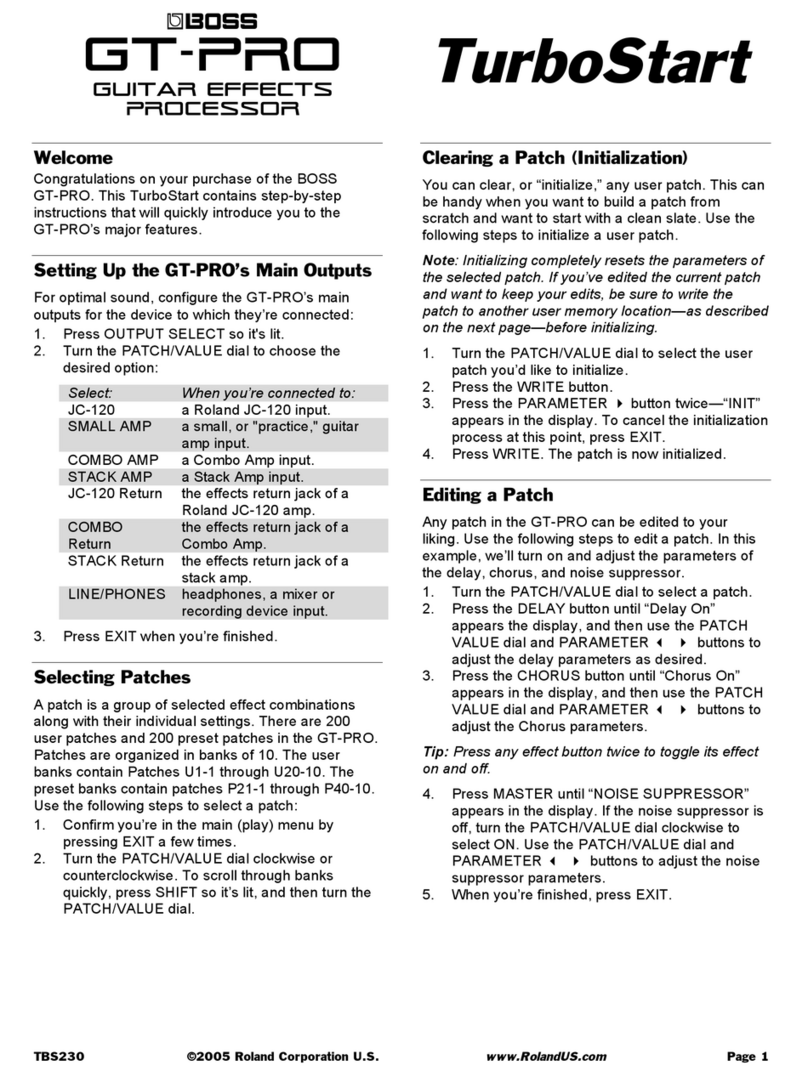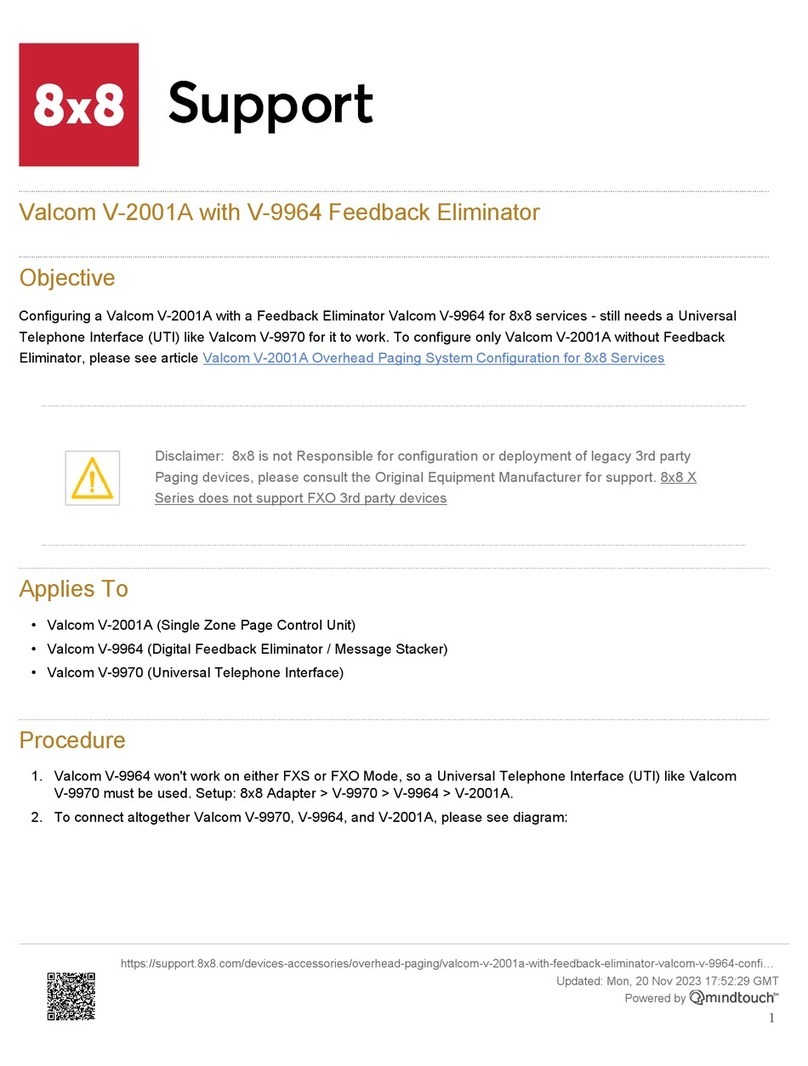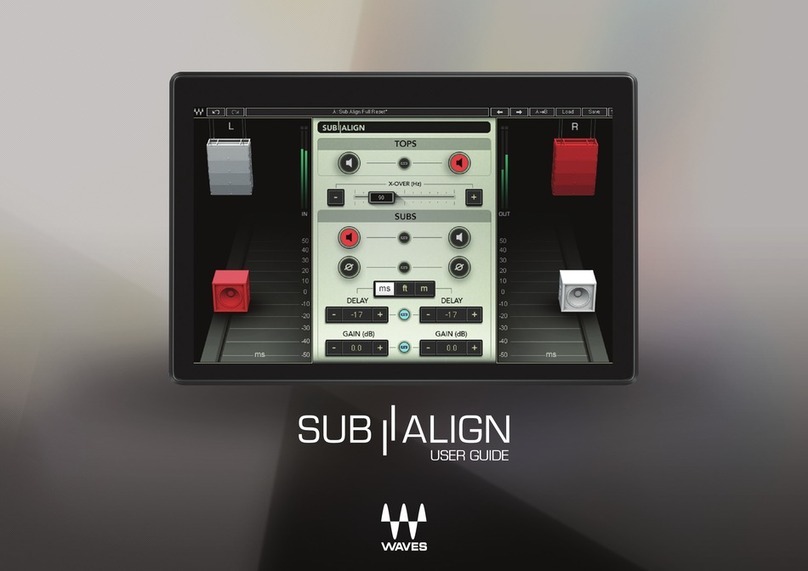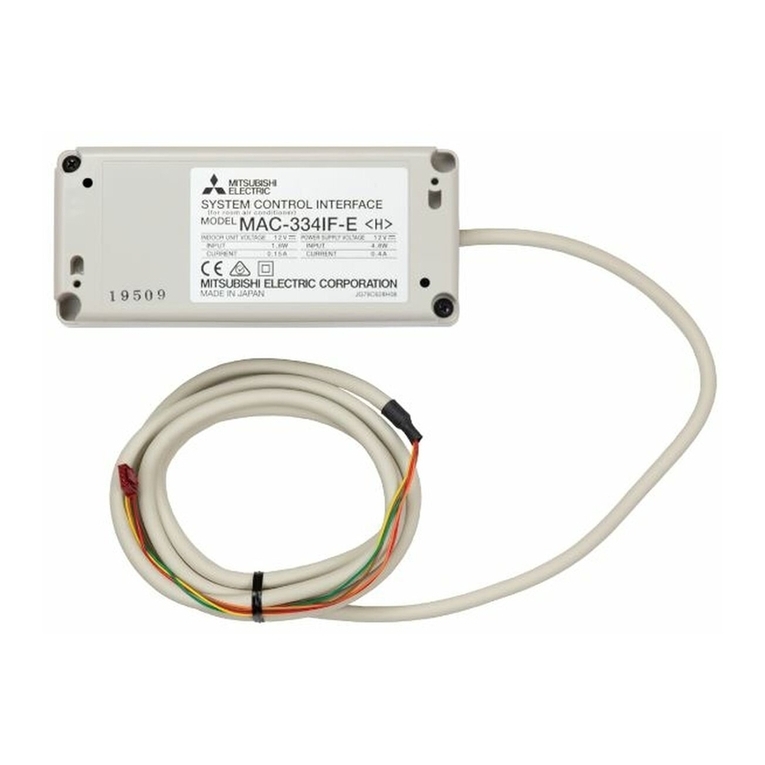ARTURIA VOX Continental V User's Manual -10- 1 INTRODUCTION
1.3 Physical modeling synthesis
When you want to create a sound, there are many methods of synthesis from which to choose:
•Additive, which creates a timbre by adding various waveforms together
•Subtractive, in which partials of an audio signal are attenuated by a filter to reduce the
original harmonic content of the sound
•Frequency Modulation (FM), where waveforms are used in carrier/modulator relationships
and tuned according to the harmonic series to produce overtones in the carrier waves
•Wavetable, which offers a wide selection of digital waveforms and then allows them to
be layered, filtered, and/or used as the crossfade targets of an X/Y controller or a looping
envelope
•Sample Playback, where recordings of a sound are triggered by a playback device, and
can be transposed by increasing the playback speed when different pitches are required
•Granular, which splits samples into very short “grains” and allows them to be manipulated
through a myriad of playback options, and
•Physical modeling. In this method the output waveform is calculated according to a set
of equations and algorithms derived through extensive analysis of a physical sound
source.
1.3.1 Music and math: yet another link
A physical model attempts to codify the laws of physics that govern a particular form of sound
generation. A model typically will have multiple parameters, some of which are constants that
describe the physical materials and dimensions of the instrument, while others are time-
dependent components representing the player´s interaction with the instrument, such as
plucking a string, pressing a valve, or reducing the pressure of his embouchure, etc.
This idea has been around for a long time, but development has been hindered until recently
because processors that were powerful enough to handle the computational complexity of the
physical models either didn’t exist or were too expensive.
But if you’ve been watching the technological trajectories, you know those days are in the past.
And we’re just as happy about that as you are.
1.3.2 A computational conundrum
Here’s an example of what must be taken into account while developing a physical model. To
recreate the sound of a drum, for instance, a formula must be in place to represent all of the
ways the collision between a drum stick and a drum head sends shockwaves through a two-
dimensional membrane. Among other things, the formula must incorporate:
•The properties of the striker: its rigidity, the velocity of the hit, the material, and how/where
the strike happens
•The membrane: its mass density, elasticity, woven fabric vs. plastic vs. skin, etc.
•The sympathetic resonances of the membrane and the body of the drum
•The conditions at the membrane boundaries: is there a rigid termination to the drum´s
body, or are there multiple, independently adjustable pressure points?
